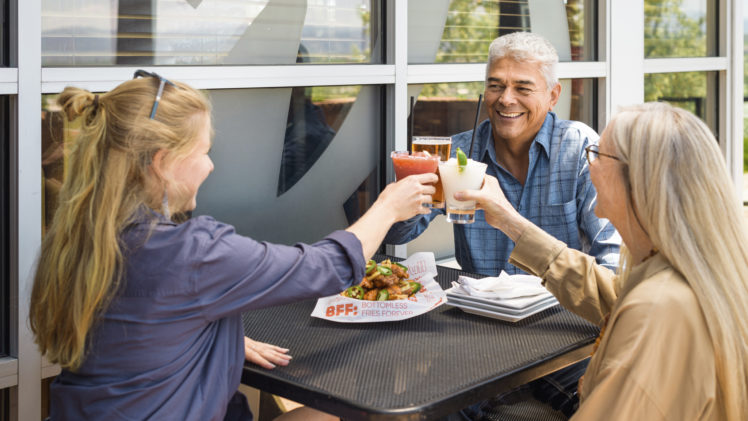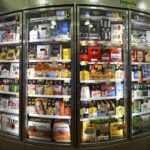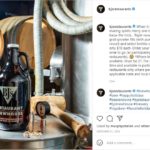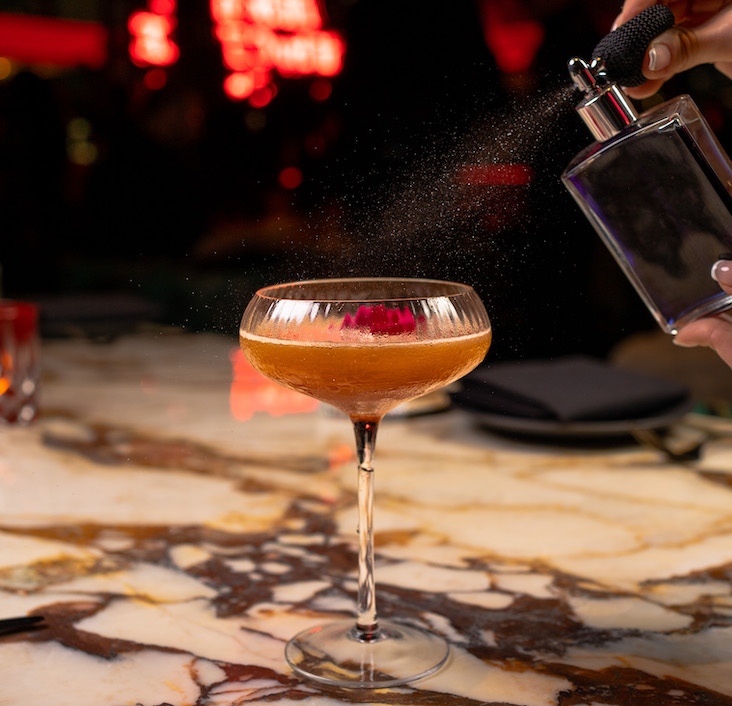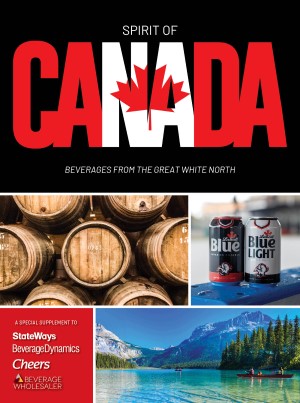Red Robin prides itself on classic American beverages with a twist, says Arielle Shine, the casual dining chain’s category and innovation manager. “Our overarching brand positioning is fostering meaningful moments of connection, and sparking joy on- and off-premise,” she says. “We do that through the fun and playfulness of our milkshakes and cocktails.” That’s in part what makes Red Robin the winner for best Overall Restaurant Beverage Program.
The Greenwood Village, CO-based company, founded in 1969, is also known for its beer: Red Robin’s proprietary 1969 Lager—developed by New Belgium Brewing—remains a signature beverage. “We are Red Robin’s Burgers and Brews, after all,” says Shine, whose first day at the chain was March 16, 2020—the day the company shifted entirely to off-premise business due to the pandemic. Since then, Red Robin’s off-premise sales have nearly tripled.
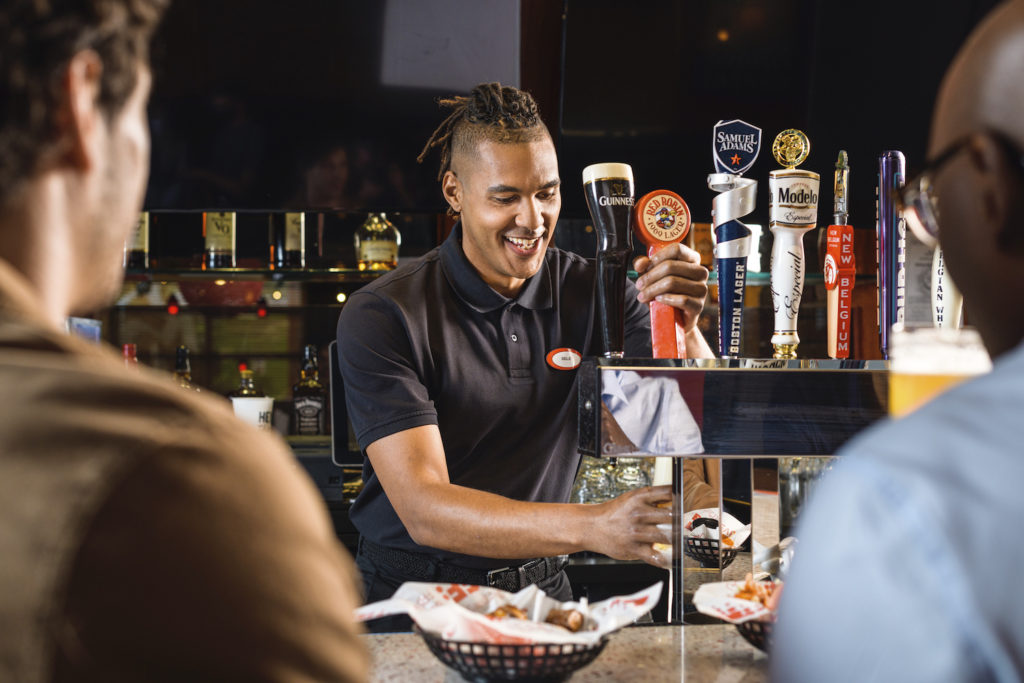
To also appeal to more health-conscious customers, Red Robin in early 2020 began carrying Truly hard seltzer and Coke Zero. It also promoted the low-calorie, zero-carb Michelob Ultra. It added a mocktail called Sparkling Berry Twist—Dasani sparkling berry water, blackberry flavor, blueberries and a lime garnish. These additions served to drive incremental sales for customers seeking different beverage options.
A strategic partnership with beverage consultancy MarkeTeam helps Red Robin bring its quarterly programming windows to life, which allows deeper focus in each area.
Whether promoting healthier choices or returning to innovation after the Covid shutdowns, “Red Robin’s goals remain to promote beverages—both alcohol and non-alcohol—as complementing add-ons to their strong food menu offerings,” says Erin Barnett, premier accounts manager for MarkeTeam. “In doing so, they align with their guests and grow top-line sales.”
Covid forces quick pivots
The rapid arrival of Covid-19 in March 2020 prompted Red Robin to quickly pivot to off-premise alcohol sales where legally allowed, such as bottled wine and beer, and canned cocktails. Because dine-in had previously driven the bulk of its alcohol sales, launching to-go options helped the company move inventory, which would have otherwise sat unused, Shine says.
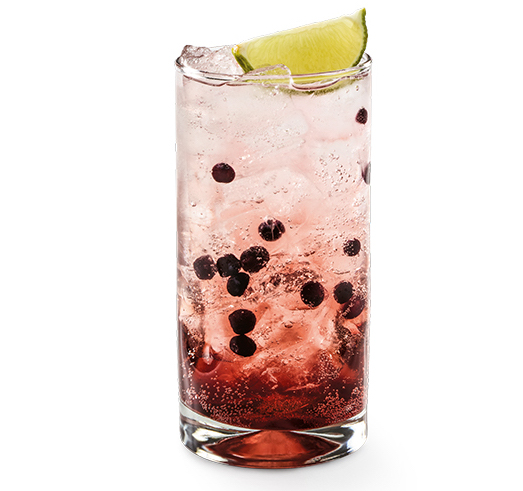
“We had draft handles and soda lines go to waste,” she notes, “but what helped was doing a more robust to-go business and adding canned options.”
The company faced a different supply problem later in the year, when some Red Robin locations were able to offer in-person dining again: Certain states had problems getting kegs of beer, Shine says. “We had to be nimble for restaurants to add other beers.”
Red Robin highlighted its national beer partners’ priorities regionally to drive sales of craft beer in the fourth quarter, including Dogfish Head, Elysian, Four Corners and Hop Valley. Shine says customers have been understanding about ongoing supply-chain issues, which the company still faces regarding some spirits and beers.
“We try to sub out where we can, but we haven’t had to pull anything from the menu,” she says. “Luckily, when we have to tell them we don’t have a beer, we have 10 to 12 other options. Preference and choice is really important.”
With a more robust return to in-person dining earlier this year, Red Robin designed new beverage menu cards for tables. The cards enabled locations to give additional weight to beverages, resulting in more beverages sold per restaurant per day.
Red Robin also cut its wine list to from seven wines to four. Along with the menu cards, this helped improve operations and deliver a fresher product to guests, Shine says.
Wine brands offered included 14 Hands merlot, Cupcake Vineyards chardonnay, Dark Horse cabernet sauvignon and Ecco Domani pinot grigio, available in 6-oz. and 9-oz. pours. Full bottles to-go are sold where permitted.
Throughout the pandemic’s constant changes, Red Robin continued to prioritize bar training.
The company sent each location bar books that review quarterly features and operational updates; mandates and brand information, including flavor profiles and food pairings; detailed beer information regarding styles, services and draft beer maintenance; and full recipes—with pictures—of all alcoholic and nonalcoholic beverages.
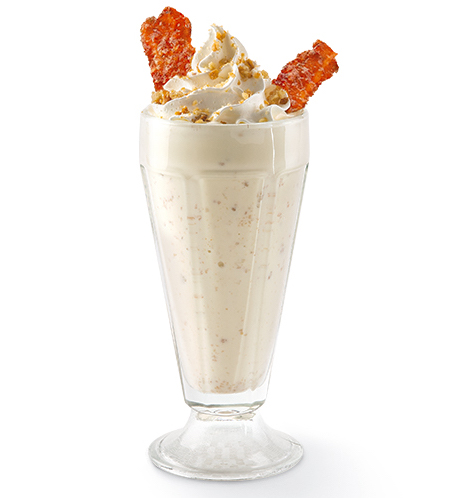
“Red Robin’s dedication to bartender training allowed them to continuously have trained bartenders after the pandemic, when staffing shortages arose,” Barnett says. “An increased focus on the beverage category leads to growth.”
With employees managing both off-premise sales and dine-in, communication is key. Shine continues to field emails via an employee support line that lets her help with supply issues or execution questions. The email line existed prior to Covid, she says, but with more than 430 corporate Red Robin locations and myriad ongoing challenges, “all the GMs know this email address now.”
Shaking it up
Red Robin brought back its Gingerbread Milkshake for the fourth quarter of 2020. The limited-time offer shake will return this year due to its strong performance, Shine says.
For the second quarter of 2021, Red Robin crafted a bacon-garnished Caramel & Cookie Crumb Shake LTO to pair with its Bacon Bash food lineup. The Bacon Bash promotion drove excitement and additional guest traffic to restaurants.
The company plans to capitalize on this momentum by continuing to innovate shake/food pairings, Shine says. “We returned to LTOs pretty early on after the pandemic shutdowns, as people are looking for things they can’t make at home, like the Tito’s Blue Chill Cocktail.”
The drink, with Tito’s vodka, blue Curaçao, club soda, all-natural sweet and sour, and pineapple juice, topped with whipped cream and a cherry, has become a top-selling cocktail for Red Robin. “We continue to innovate on LTOs that are fun-forward, bright and colorful,” Shine says.
Red Robin aims to give guests choices and options as they, too, make their way in an ever-evolving, highly stubborn pandemic.“If they’re dining in, how can we spark that joy?” Shine notes. “If off-premise, how can we add the alcohol to-go, before states change their mandates of what we are allowed to do? We want that good experience across all our beverage categories.”

